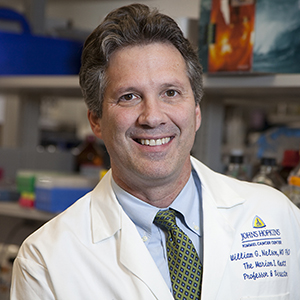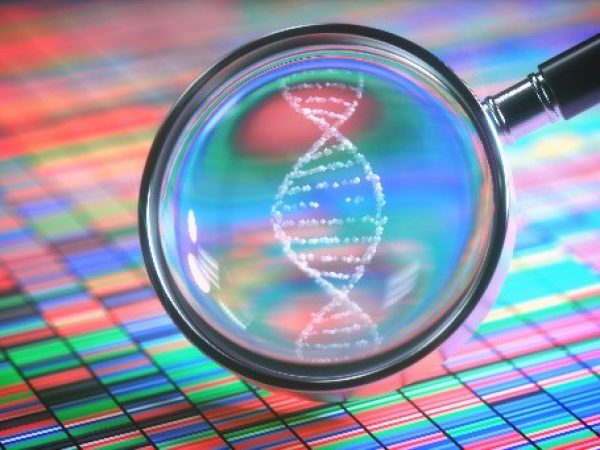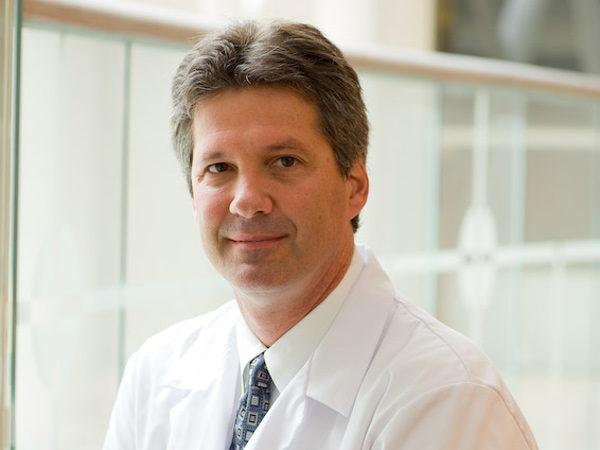Why Are Liver Cancer Death Rates Up?
Guest Post by William G. Nelson, MD, PhD
Editor-in-Chief, Cancer Today
Since the 1990s, the cancer mortality rate in the U.S. has steadily declined. Yet liver cancer death rates in the U.S. have increased. Why?
Liver cancer is caused principally by the combination of a chronic hepatitis B virus infection and dietary exposure to aflatoxin B1, a contaminant that grows on corn and peanuts. Recent efforts to better control liver cancer globally include wide distribution of hepatitis B virus vaccines—more than a billion so far—and deployment of food safety tactics to prevent exposure to aflatoxin B1. In the U.S., however, chronic hepatitis B virus infection prevalence is low and the food supply is tightly managed. Clearly there must be other reasons for the recent increase in liver cancer deaths, now more than 30,000 annually.
The liver has a remarkable ability to regenerate. Clues to how liver cancer arises can be found in the global epidemic driven by chronic infection and dietary carcinogen intake, which damage the liver directly, killing many of its cells. New liver cells repopulate to replace the lost and damaged cells. When this cycle of liver injury and regeneration becomes chronic, the newly appearing liver cells accumulate more and more errors from repeatedly copying the DNA that houses all the genes. These errors often lead to gene defects that can drive cancer formation.
Hepatitis C infection, chronic alcohol consumption, certain birth defects, and hemochromatosis, as well as obesity, metabolic syndrome, and fatty liver disease, can all damage the liver and lead to liver cancer. Among these, hepatitis C infection and the rise in obesity are suspected of fueling liver cancer increases in the U.S. Hepatitis C infection can now be treated with antiviral agents and often eliminated, but fatty liver disease may be a greater concern. There are two types of fatty liver conditions that appear in association with diabetes, obesity, and high fructose intake: non-alcoholic fatty liver (NAFL) and non-alcoholic steatohepatitis (NASH). Of the two, NASH is associated with a greater risk for liver cancer. The treatments for NAFL and NASH are still evolving, and no current intervention fully reverses either condition.
The five-year survival for liver cancer can be as high as 31 percent if diagnosed at an early stage. Unfortunately, the five-year survival rate for later-stage disease is 11 percent or less. New approaches for early detection of small liver tumors and treatment of advanced liver cancer are desperately needed. For now, people need to work with their physicians to reduce their risk of liver cancer by addressing hepatitis B and C exposure, controlling alcohol intake, and ameliorating the ravages of obesity, diabetes, metabolic syndrome, and fatty liver.
William G. Nelson, MD, PhD, is the editor-in-chief of Cancer Today, the quarterly magazine for cancer patients, survivors, and caregivers published by the American Association for Cancer Research. Nelson is the Marion I. Knott professor of oncology and director of the Sidney Kimmel Comprehensive Cancer Center at Johns Hopkins in Baltimore. You can read his complete column in the spring 2019 issue of Cancer Today.




